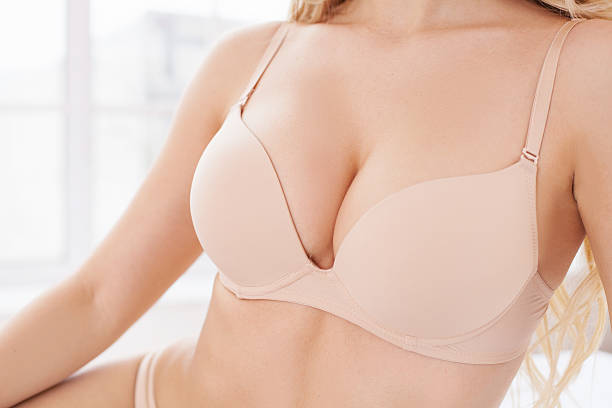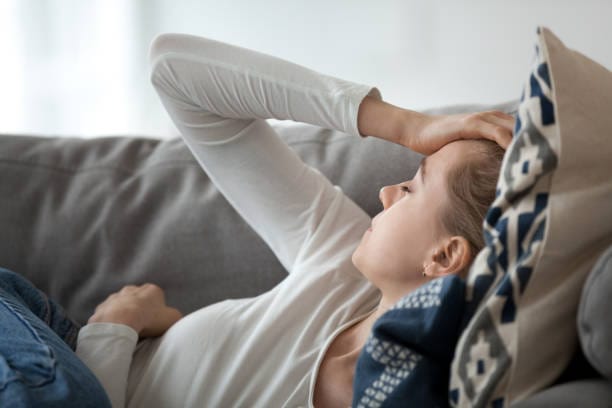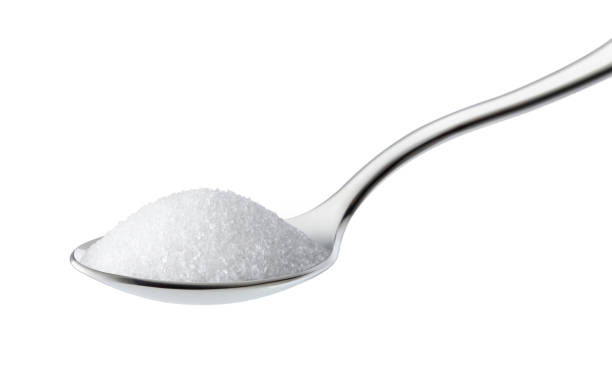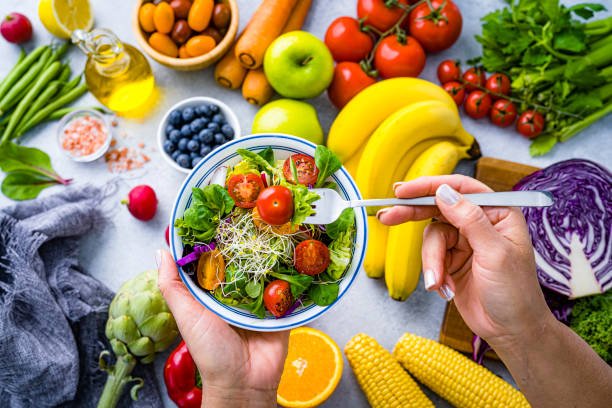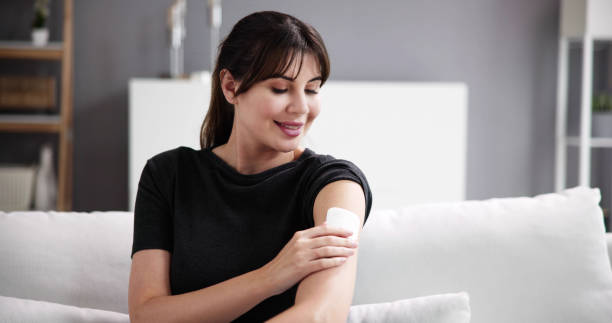When it comes to beauty, we often hear that it’s in the eye of the beholder. But new research suggests that when people from diverse backgrounds are asked to judge breast aesthetics, their ideas of attractiveness align more than they diverge. A groundbreaking study published in the Journal of Plastic, Reconstructive & Aesthetic Surgery reveals that aesthetic preferences—especially concerning female breasts—are surprisingly consistent across lines of gender, race, and sexual orientation.
Rethinking the “Ideal”: The Questions That Sparked the Study
In the world of plastic and reconstructive surgery, the concept of the “ideal” breast has long been discussed in clinical terms. Surgeons have created guidelines based on ratios, symmetry, and angles—measurements like the 45:55 upper-to-lower pole volume split, or the perfect areola-to-nipple positioning. But who decides what’s ideal? And does everyone see beauty the same way?
These questions sparked the interest of a group of researchers who wanted to investigate whether aesthetic preferences truly differ across demographic lines. Their aim wasn’t just academic; understanding these nuances could help plastic surgeons tailor their consultations and outcomes more precisely to the desires of a diverse patient population. In a field where both art and science collide, it’s crucial to know whether our aesthetic sensibilities are personal or broadly shared.
A Diverse Lineup: The Anatomy of the Study
To put these questions to the test, the researchers created a study using 25 real photographs of women who had visited a plastic surgery clinic seeking breast surgery. These were pre-surgical images—natural and unaltered—and were cropped to focus solely on the torso. The women represented a diverse spectrum of body types, breast shapes, and skin tones. Importantly, none had undergone any prior procedures, and all gave informed consent for their photos to be used anonymously for research.
Roughly half of the women in the photo sample were White or Caucasian. The rest identified as Asian, Black or African American, or Hispanic. While the sample wasn’t exhaustive in its representation, it offered enough variety to explore how preferences might differ—or not—based on race, gender, or sexuality.
The next step was to bring in the audience. Using the Qualtrics online platform, the researchers distributed these images to a demographically representative sample of over 1,000 adults across the United States. Participants were asked to rate each breast image on a five-point Likert scale, from “least attractive” to “most attractive.” In addition, they filled out detailed demographic profiles—information that allowed researchers to analyze patterns based on sex, gender identity, sexual orientation, and racial background.
Attraction Without Borders: What the Data Revealed
The findings were striking in their clarity. Despite popular assumptions that personal identity would heavily influence judgments of beauty, the data told a more unified story.
One of the most robust findings was that men tended to rate breasts as more attractive overall compared to women. On average, men gave a rating of 2.8 out of 5, while women rated them at 2.5. But this difference was largely a matter of generosity. When researchers compared which images received the highest and lowest scores from each group, they found that men and women overwhelmingly agreed on which breasts were more or less appealing.
The same pattern held when it came to sexual orientation. People who reported being attracted to women—regardless of their own gender—tended to give higher ratings across the board. Those attracted only to men gave the lowest average ratings. Yet again, despite these differences in scoring intensity, the relative order of preference remained largely consistent across groups.
Racial differences, often assumed to play a significant role in beauty ideals, turned out to be subtler than expected. While White participants gave higher average ratings than Asian participants (2.7 versus 2.2), the correlation in preference ranking remained strong across all racial groups. Black and White respondents showed no statistically significant difference in their average scores. Most notably, the images that received the highest ratings overall were not concentrated within one racial group. Of the five most highly rated photographs, three belonged to White women, one to a Black woman, and one to an Asian woman.
This finding challenges the notion of in-group bias, where people are thought to prefer appearances similar to their own. In this study, no racial group displayed a preference for breasts that matched their own background. That suggests that, at least when it comes to this specific aspect of the body, our perception of beauty may transcend the boundaries of race.
The Science of Symmetry—and Something More
Why might this shared sense of beauty exist across so many demographic divides? While the study didn’t probe the reasons behind each rating, past research into aesthetic judgment gives us a few clues.
Symmetry is one of the most widely recognized markers of physical attractiveness. Breasts that are evenly sized, with nipples and areolas that are aligned and proportionate, tend to be rated as more attractive. Fullness in both the upper and lower poles of the breast also plays a role, as does the overall balance of size in relation to the torso.
But beauty isn’t entirely mathematical. Texture, tone, and subtle anatomical variations all contribute to the visual appeal. Some people may favor rounder shapes; others prefer teardrop contours. Cultural messaging, media exposure, and even personal history can influence how we interpret these features.
What this study helps illustrate is that even within these nuances, a kind of visual harmony seems to resonate broadly—one that cuts across personal backgrounds and subjective leanings.
The Power—and Limits—of the Study
No study is without its limitations, and the authors were careful to note theirs. First, the photo sample, though diverse, was relatively small and drawn from a single clinic. It’s possible that regional or socioeconomic factors influenced which patients sought surgery and how their natural breast aesthetics appeared. Second, the selection of photos was made by one surgeon, which may have unintentionally introduced bias. Third, participants weren’t asked to explain their ratings, so the study can’t tell us which specific features were driving attractiveness judgments—whether it was nipple position, breast volume, skin tone, or something else.
Still, the implications are important. For one, the study provides reassurance that aesthetic ideals are not as fractured as some may think. This has practical value for plastic surgeons who need to navigate patients’ expectations and cultural sensibilities. It also has broader relevance in the conversations we have around beauty standards, representation, and body image.
Toward a More Inclusive Aesthetic Dialogue
Beauty, especially when filtered through the lens of surgery, often invites controversy. Who defines what’s beautiful? What messages do we send when we “correct” or “enhance” the body? And how do these definitions shift in an era that increasingly values diversity, inclusion, and body positivity?
This study doesn’t answer all those questions—but it helps reframe the conversation. By showing that people from different walks of life can agree on what looks attractive, it suggests that the human brain may be wired to recognize certain patterns of balance and proportion. At the same time, it invites further research into the “why”—what stories, experiences, and cultural influences shape how we see beauty?
Future studies may use advanced tools like AI-generated imagery to isolate individual features and test their impact on aesthetic judgments. Researchers might also explore how factors like age, cultural background, or even psychological history influence ratings. Perhaps most importantly, new work could ask participants to explain their reasoning—giving voice not just to numbers, but to narratives.
In the End, a Shared Vision
In a world often divided by identity, preference, and perspective, this research offers a quiet kind of unity. It suggests that our views on beauty—at least in some respects—are more alike than they are different. Whether due to biology, culture, or a combination of both, there appears to be a common aesthetic thread running through the human experience.
The next time someone says beauty is in the eye of the beholder, you might gently disagree. Because when it comes to breast aesthetics, it turns out most of us are seeing the same picture.
